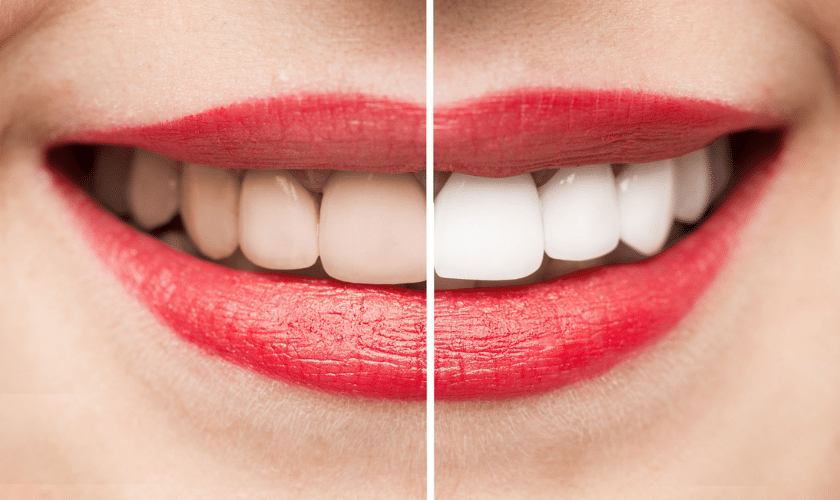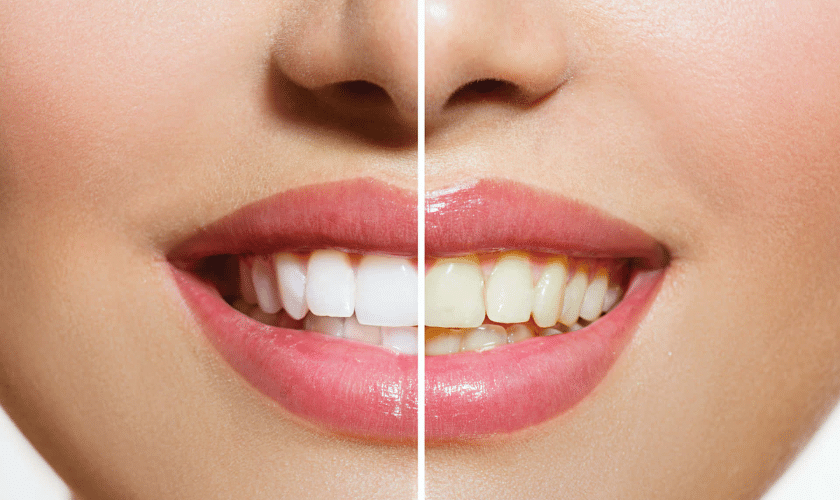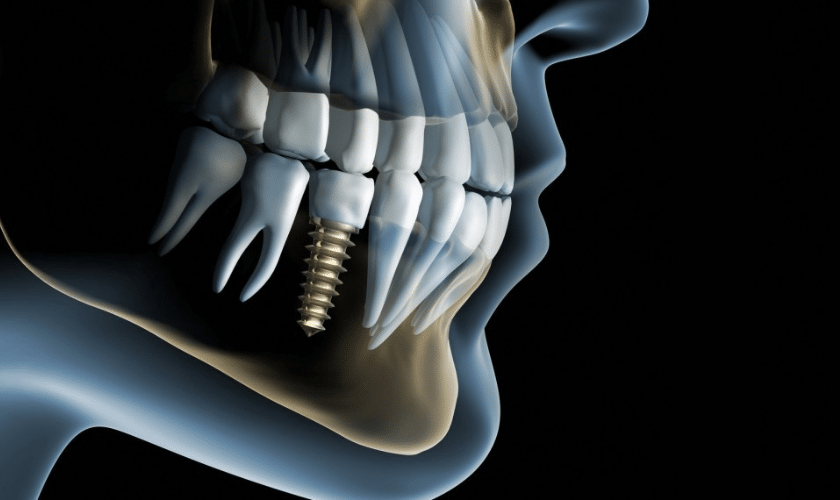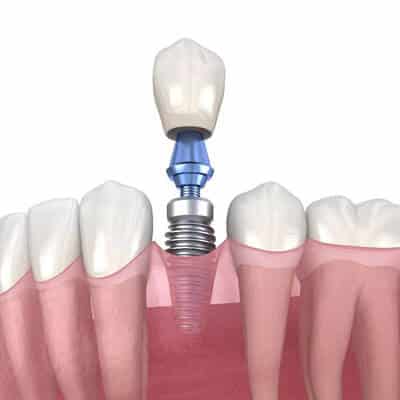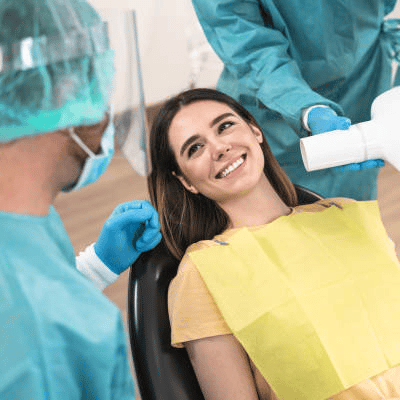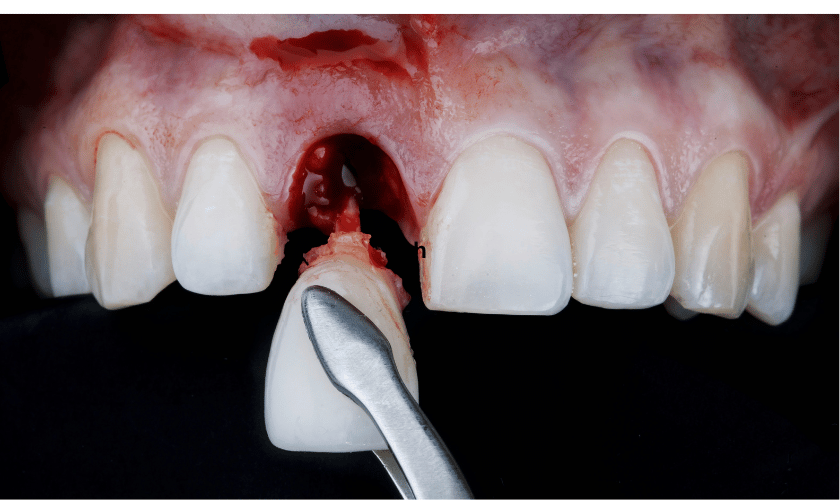
After tooth extraction, recovery and healing are essential for returning your mouth to its normal state. To ensure a quick and successful recovery, it’s necessary to understand the aftercare process.
This blog provides an overview of what is involved in recovering from a tooth extraction. It covers five steps to follow before and after the procedure to help you recover more quickly while avoiding further complications or damage to your teeth and gums.
Prepare Before Surgery
Before undergoing any dental surgery, preparation is key. Here are some things you can do before your appointment to ensure a successful procedure:
Get Your Tooth Examined
Your dentist will typically perform a comprehensive mouth examination before scheduling the tooth extraction. The exam helps them determine which type of tooth extraction is needed, as well as any potential issues that may arise during or after the procedure.
Discuss Pain Management
Before undergoing any dental surgery, you must talk to your dentist about pain management strategies. Your dentist can provide advice on minimizing discomfort during and after the procedure, such as using over-the-counter pain medications and ice packs.
Get Instructions for AfterCare
Before leaving the office after your appointment, make sure you get clear instructions from your dentist on what you should do in terms of aftercare. This will include information on how to care for your mouth and teeth following the procedure, as well as which activities you should avoid.
Immediately After Surgery
Your recovery starts immediately after the procedure is completed. Here are some tips for caring for your mouth in the immediate aftermath of tooth extraction:
Bite Down on Gauze
After the procedure is complete, your dentist may have you bite down on gauze over the affected area to help stop any bleeding. Make sure to change out the gauze periodically until it stops completely.
Use an Ice Pack
Using an ice pack can help reduce swelling and minimize discomfort in the area. Apply it to the affected area for 15 minutes at a time, with at least 20 minutes of rest in between applications.
Take Pain Medication
Take any pain medication your dentist prescribed as soon as possible after the procedure. This will help minimize discomfort and ensure you can get some rest afterward.
Long-Term Aftercare
Once the immediate aftermath is over, there are still steps you should take to ensure a full recovery from tooth extraction. Here are some tips for long-term aftercare:
Change Your Diet
Eating foods that are soft and easy to chew is key during recovery. Avoid hard, crunchy, or chewy foods for at least one week following the procedure.
Practice Oral Hygiene
It’s important to practice good oral hygiene during recovery. Brush your teeth twice a day and floss gently in the area where the tooth was extracted.
Visit Your Dentist
Visit your dentist for follow-up appointments as they recommended to ensure the extraction site is healing properly.
Conclusion
Recovering from tooth extraction can be a difficult process, but it’s important to remember that proper care and aftercare are essential for successful recovery. Be sure to follow all of your dentist’s instructions carefully before and after the procedure, and consult with them if you experience any discomfort or issues during recovery.
FAQs
Q: How long after tooth extraction can I eat normally?
A: You should wait at least one week before eating hard, crunchy, or chewy foods.
Q: Is it normal for my gums to be sensitive after the procedure?
A: Yes, it is normal for your gums to be sensitive after an extraction. This usually lasts for 1-2 weeks and should resolve independently. If sensitivity persists longer than that, contact your dentist for further advice.
Q: How soon after extraction should I brush and floss?
A: You can start brushing and flossing the day after your procedure. However, be sure to avoid the extraction site and use gentle strokes when brushing and flossing.

